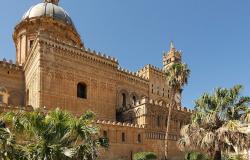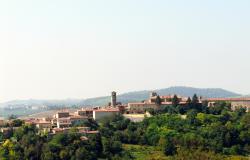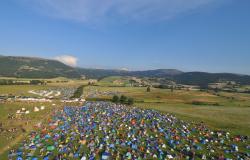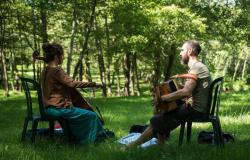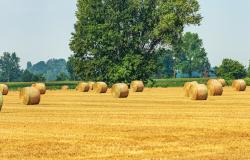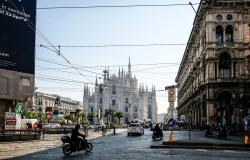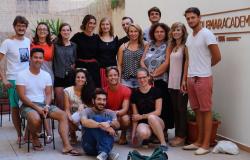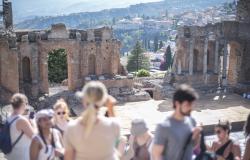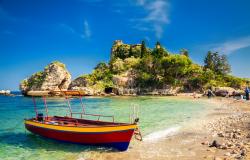Nativity scenes are popular in Italy and beyond, but the custom of holding a ‘presepe vivente’ (living crib), whereby people dress up as Mary, Jesus, the Three Kings, angels and shepherds in a theatrical presentation of the Biblical story is particular to Italy.
St. Francis of Assisi is believed to have started the custom after being inspired by a trip to the Holy Land, where he saw Jesus’ birthplace in Bethlehem. The holy man then visited Pope Innocent III in Rome and asked if he could create a living nativity scene in the village of Greccio, Lazio. In 1223, Greccio villagers helped St. Francis host the first living nativity scene in a grotto in the village similar to that found in Bethlehem.
Since then, living nativity scenes have been held throughout Italy from Christmas Day to Epiphany on 6 January. Usually the newest-born member of the village, town or city staging the event plays the baby Jesus. The participants, or ‘figuranti’, are amateurs: locals, sometimes dressed in medieval costumes, take on the roles of the Holy Family, and are accompanied by other townsfolk representing mestieri (tradesmen). In some cases as many as 600 people participate in a living nativity scene.
The annual presepe vivente held in the Sicilian town of Ispica, Ragusa is one of the most popular on the island and attracts every year thousands of visitors. Despite its fame, the event is not staged as a mere tourist attraction; it is a tradition dear to locals’ hearts. Many of the town’s 15,500 inhabitants participate dressed in traditional Sicilian costumes, while others wait patiently in long queues that form to see what is an evening event.
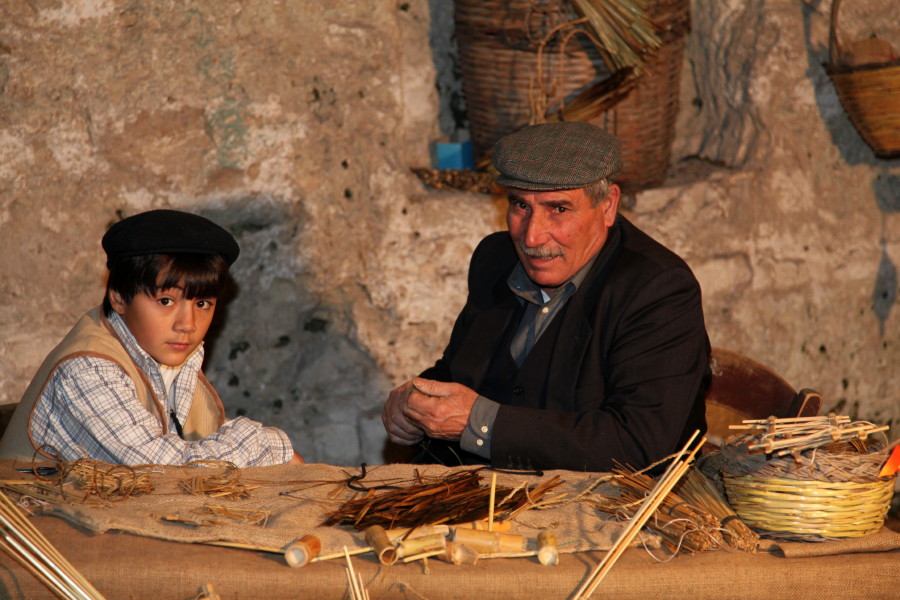
Ispica’s presepe vivente is held in the Parco Forza area of the Cava d’Ispica. An 8-mile-long gorge that lies between Ispica and Modica, the Cava d’Ispica has been inhabited since prehistoric times. Its rocky slopes, caves, grottoes, Neolithic necropoli and Christian catacombs make it the perfect location for a presepe vivente. In this occasion, the location is transformed into a 19th-century village. Visitors wander along a planned route that is 1 mile long and crisscrosses the gorge. You can watch men dressed in flat caps and braces use horse-drawn ploughs furrow the earth of the valley floor, see women young and old dressed in scarves and shawls hard at work scrubbing in a mock laundry, and pause to peek into huge, white, stone recesses where locals demonstrate their skills in sewing, carpentry and stonemasonry.
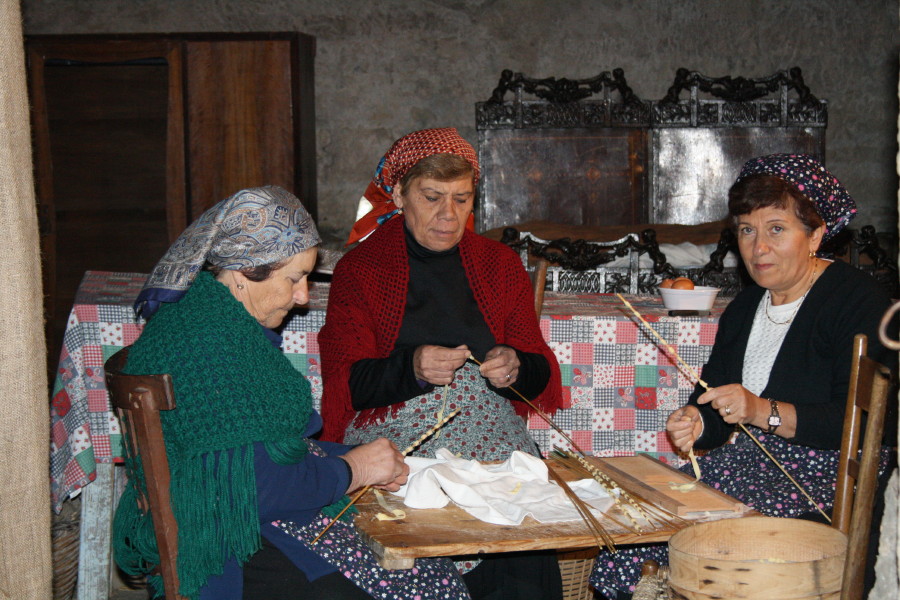
Some 40 scenarios form the presepe vivente at Cava d’Ispica. Some of the traditional trades demonstrated have died out and others are still practised today. You can see a curdaru (rope maker) plait rope, a rumpi ligna (woodsman) chop wood with an axe, a sapunara (soap maker) create soap from olive oil, ferra cavadda (blacksmith) forge a horseshoe over an open fire then shoe a horse, and olive oil being pressed on a traditional stone mill. On an inky black night lit up by fires scattered across the gorge, it feels like one has travelled through time. People trample grapes to make wine, slide loaves into a wood-fired oven, and recreate scenes to show what family life was like decades ago as they rock a cradle made from cloth suspended on rope from a ceiling. Watching the macaroni makers huddled together around a table is like staring at an old oil painting, as their hands swiftly scoop up pasta that they then form into hoops using a stick.
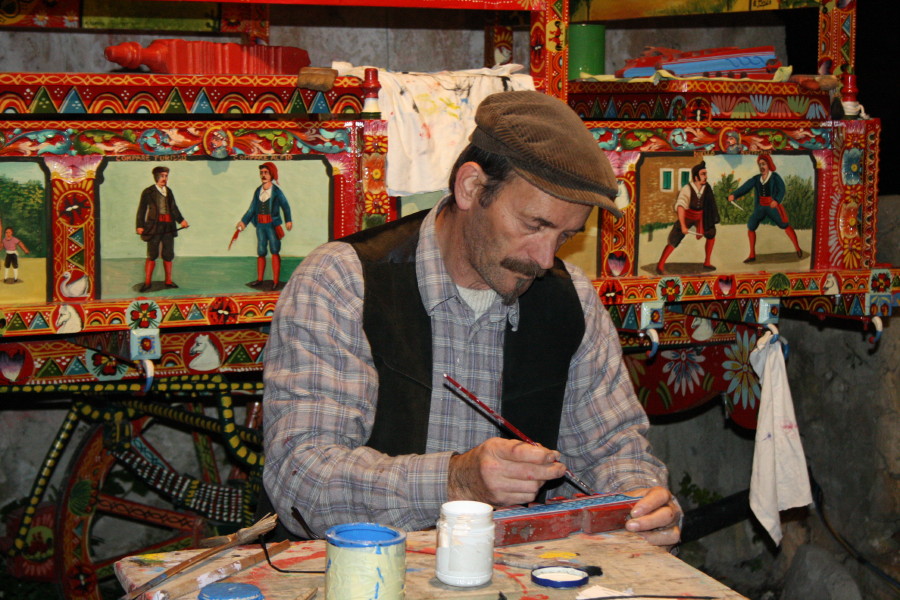
A visit to the presepe at Cava d’Ispica also gives an insight into crafts still performed in Sicily. Men stir ricotta in large copper vats and a muru a siccu (dry-stone waller) builds a wall with meticulous care and considerable skill, placing smaller stones in the centre of the wall and larger ones at its edges. Carrittieri (cart makers) paint traditional Sicilian carts and a swathed milaru (beekeeper) pots honey.
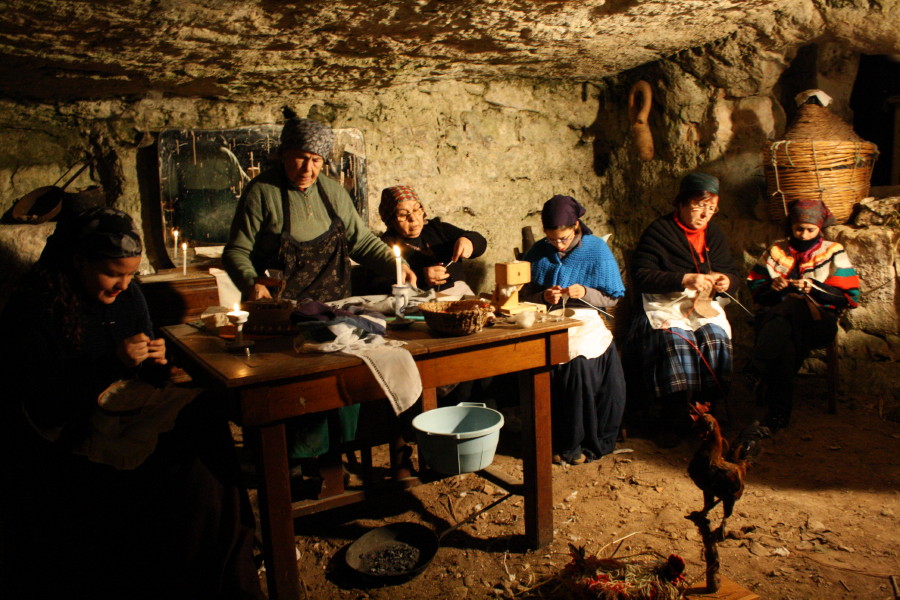
The crowning glory of the presepe vivente is the scenario at the end of the trail up and down the gorge: that of the Holy Family gathered around a manger accompanied by live sheep and baskets of freshly picked oranges. Lights in the shape of a shooting star adorn the entrance as the Magi – and visitors to the presepe vivente – reach their final destination.
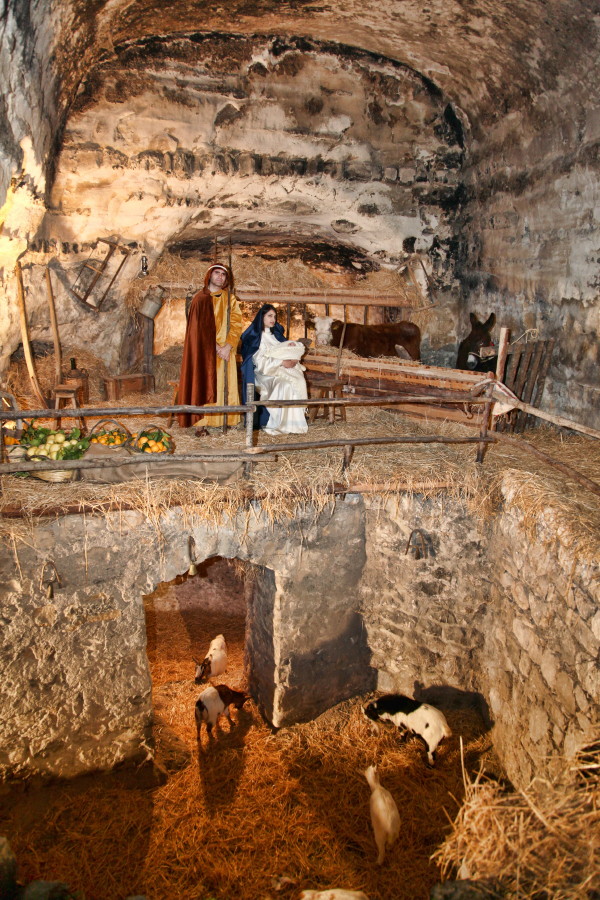
Photos courtesy F. Agnello and B. Tassone

